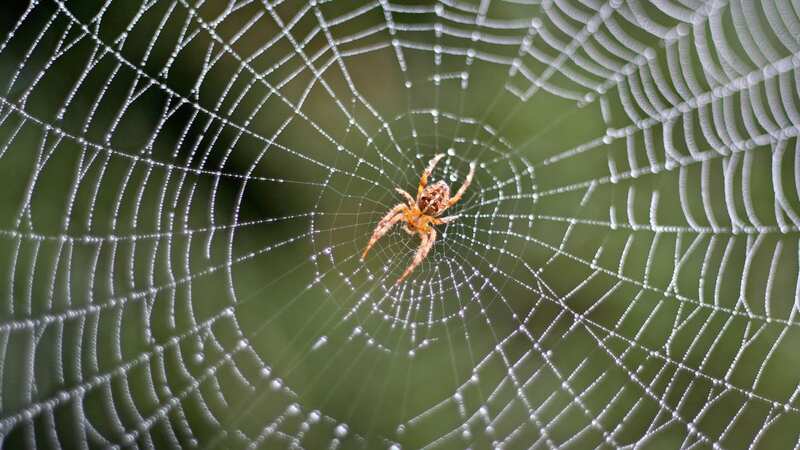'Scaffolding made from spider webs used to repair injured nerves'
Spider webs are such incredibly intricate things, you can’t help but be impressed. And as well as being clever ways to catch a fly, webs could be used to patch up severed nerves. Yes, repairing damaged nerves with silk from silk worms and spiders is honestly on the cards.
I’ve always dismissed dodgy treatments with the words: “It’s all spiders’ webs”. I’ll have to watch what I say in future. I can hardly believe it.
Researchers from the University of Oxford and MedUni Vienna have shown that tubes combining silk from silkworms and spiders are highly effective at repairing nerve injuries.
Nerve guides, a sort of scaffolding nerves grow along, are an important surgical tool for nerve repair. These are tubes stitched to both ends of an injured nerve to guide the growth of nerve fibres and cells across the break.
Professor Fritz Vollrath, from Oxford Biomaterials, says: “These findings are a great step forward towards producing next-generation nerve guides that emulate the nervous architecture and possess advanced biological and mechanical features that support regeneration.”
 'Blunt message about smoking shows how deadly illnesses take awful toll'
'Blunt message about smoking shows how deadly illnesses take awful toll'
The team developed a novel kind of nerve guide using two different types of natural silk. The tube wall was made from silk produced by silkworms, and the inside filled with silk fibres from golden orb-web spiders.
The damaged nerves grew along the silk threads until the severed nerve ends grew across a 10mm gap and reconnected. Amazing. Silk tubes are ideal as they have a porous structure – essential for nerve regeneration since it allows nutrients and waste materials to be exchanged.
In addition, Schwann cells, the key drivers of nerve regeneration, adhere strongly to both the tube walls and silk fibres, and migrate with remarkable speed: more than 1.1mm per day! DrAlex Woods CEO of Newrotex, a spin-off company from Oxford Biomaterials, says they’ve developed silk nerve repair devices that are practical, sustainable, and effective treatment for large gap nerve injuries. This has obvious benefits for patients who could now have sensation and function restored after suffering nerve injuries.
Professor Fritz Vollrath, a co-author on this study, says: “Animal silks offer exceptional mechanical and biological properties and versatile manufacturing possibilities to assist the re-engineering of tissue.
“Our advanced silk-in-silk nerve guides combine the excellent ability of silkworm silk to be processed into three dimensional structures with the outstanding cell adhesion qualities of spider dragline silk.”
A single harvest from an orb-web spider can yield 10m of silk, enough to fill a 10mm long nerve guide. Ultimately, the team hopes to develop the silk nerve guides into an “off-the-shelf” solution to treat nerve injuries.
So don’t be scared of spiders.
Read more similar news:
Comments:
comments powered by Disqus


































